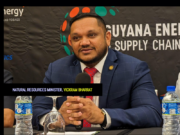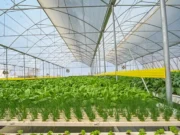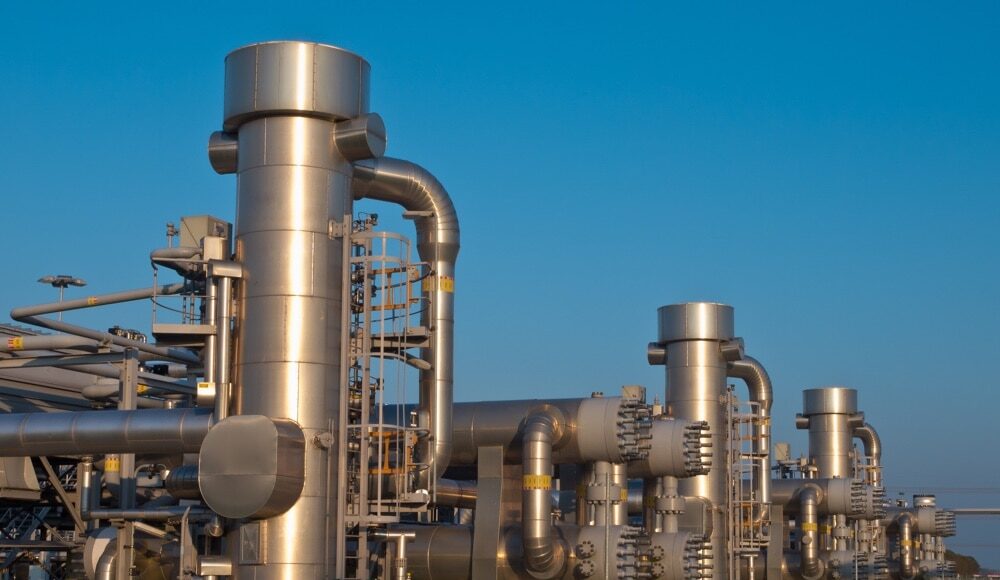As Guyana moves closer to commissioning the first phase of its landmark Gas-to-Energy project, momentum is already building for the project’s expansion.
On March 31, the National Procurement and Tender Administration Board (NPTAB) received seven bids from international and local firms to design, construct, and operate the second phase, which will deliver a 300-megawatt (MW) combined cycle power plant and a natural gas liquids (NGL) facility capable of producing approximately 5,800 barrels per day (b/d).
This phase represents a necessary continuation of the government’s energy strategy that will double Guyana’s new domestic gas-powered generation capacity when it joins Phase 1.
Once completed, Phase 2 will bring total generation capacity under the Gas-to-Energy project to 600 MW, a massive leap from current levels. The combined contribution of Phase 1 (300 MW) and Phase 2 (300 MW) will provide the foundation for a far more stable and modern electricity grid, helping to address the nation’s historical issues with outages and load shedding.
The two phases will together consume approximately 120 million cubic feet per day of natural gas delivered via a single pipeline from ExxonMobil’s Liza field in the Stabroek Block. With 50 million cubic feet per day allocated to Phase 1 and 70 million cf/d earmarked for Phase 2, the pipeline’s full capacity will be utilized to fuel a cleaner, cheaper, and more reliable power supply.
In addition to electricity, the project will deliver nearly 10,000 b/d of NGLs, valuable by-products such as propane and butane that can be used domestically and/or exported. The Phase 2 NGL facility will produce around 5,800 b/d, complementing the 4,000 b/d expected from Phase 1.
These by-products open doors for the development of downstream industries such as fertilizer production, petrochemicals, and cooking gas supply. With the Wales Development Zone primed to emerge as an industrial hub, the groundwork is being laid for a new era of diversification and value-added production in Guyana.
Phase 2 further reduces Guyana’s dependence on imported heavy fuel oil (HFO), which has historically exposed the country to price volatility and supply disruptions. As the second major facility connected to the pipeline, this phase will enhance resilience in the system.
Moreover, under the proposed 20-year power purchase agreement (PPA) model, the government ensures that ownership of the facility will transfer to the state at no cost at the end of the contract term. This structure incentivizes private investment and seeks to ensure long-term sovereign control over the infrastructure.
Vice President Bharrat Jagdeo has said Phase 2 could be completed within two years. It will benefit from the same fiscal incentives granted to Phase 1 developers, Lindsayca and CH4 Systems. Bids have been submitted by a diverse slate of companies—including Karpowership (UAE), ENKA (UK), LS Energia (USA), Andalusian Energy (USA), and Guyana’s own J&L Supplies.











